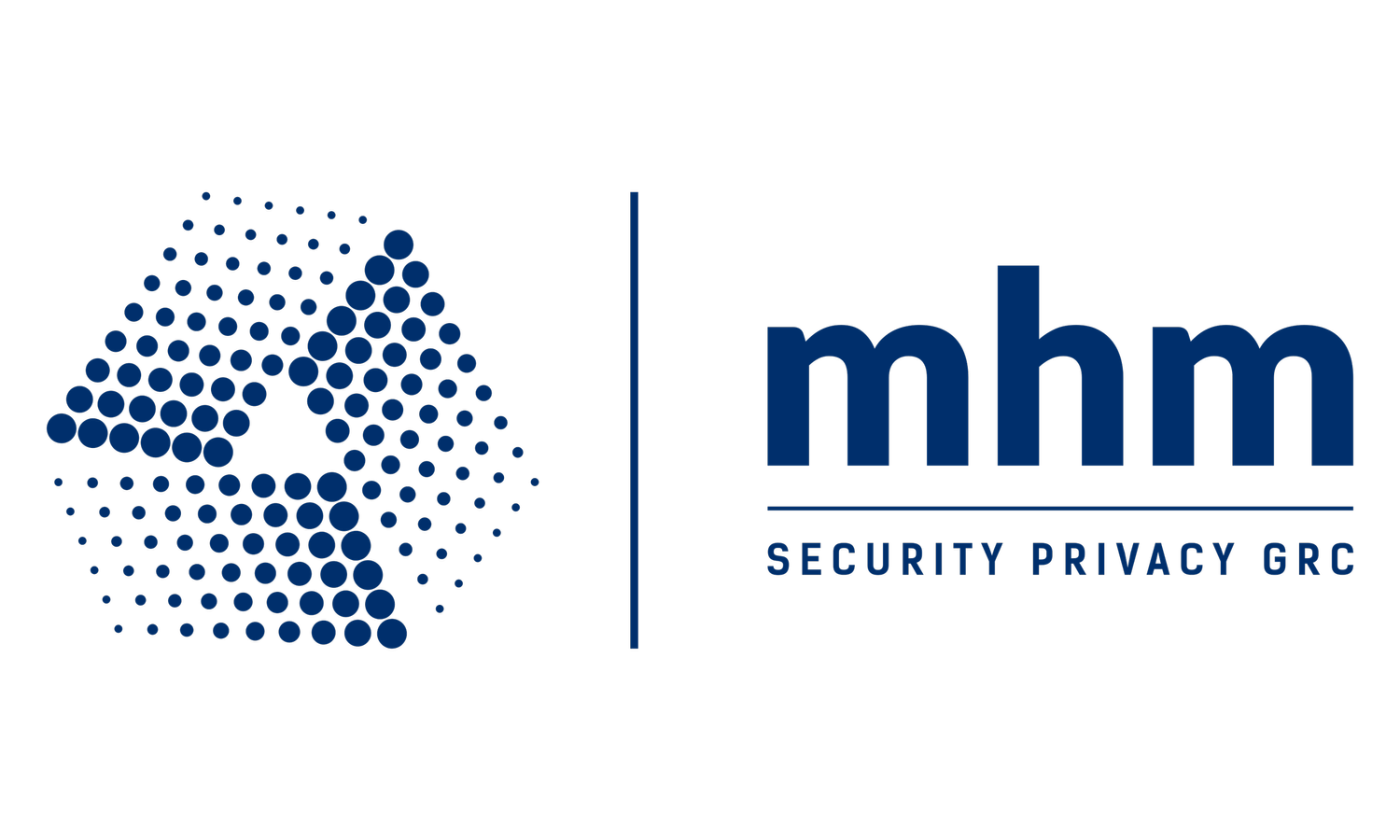Guidelines for Preparing for Your SOC 2 Type II Audit
Achieving and maintaining a SOC 2 Type II certification is an essential milestone for service organizations, demonstrating a robust commitment to safeguarding client data and ensuring operational effectiveness. A successful audit not only verifies compliance with security principles but also highlights your organization's focus on ongoing risk management and continuous improvement. Below, we’ll explore key steps to prepare for a SOC 2 Type II audit and provide insights to help streamline the process.
SOC 2 Type I vs SOC 2 Type II – Know the Difference
SOC 2 Type I and Type II audits evaluate controls at a service organization but differ in their emphasis. A SOC 2 Type I audit assesses the design and implementation of your organization’s controls at a specific moment. In contrast, a SOC 2 Type II audit delves into how these controls function over an extended duration, usually six months or more (called the observation period), building upon the aspects evaluated in a Type I audit by adding rigorous examination of their continuous operating effectiveness.
Observation/Examination Period
The observation period is the window during which your organization’s controls are assessed for effectiveness. This period usually spans six to twelve months, and during this time, auditors will review evidence of the controls being executed consistently as intended. Proper documentation and evidence collection during this period are vital for demonstrating the ongoing reliability and security of your practices.
Addressing Findings from Your SOC 2 Type I Audit
If your organization has already undergone a SOC 2 Type I audit, it’s essential to address any findings identified during that audit before proceeding with the Type II assessment. Ensure that any issues or weaknesses discovered during the Type I audit have been fully remediated, and maintain documented evidence of these corrective actions.
Sample-Based Controls
SOC 2 Type II audits often involve sample based controls. Key areas such as change management, incident management, and user access provisioning/deprovisioning require particular attention because of their frequent occurrence over the audit period. These controls must be executed consistently, and every change or incident should be handled according to established procedures. The documentation of these activities should be thorough and accurate, as auditors will review them to assess the operational effectiveness of your controls.
Annual controls
As part of the SOC 2 Type II audit preparation, conduct any annual controls during the observation period. For example, performing a control like Penetration Testing before the end of the period would allow you to take corrective actions for any potential vulnerability identified. Remediating any discovered vulnerabilities promptly and ensuring that all remediation efforts are well documented are key components to demonstrate that the control is operating effectively.
Evidence Collection and Retention
It's important to provide evidence that is current and recent. Using outdated or stale evidence, particularly from several months ago, may compromise the auditor’s ability to accurately assess whether the controls are currently effective. Make sure to collect and present evidence that reflects the latest operations and activities demonstrating that your controls are effectively functioning and up to date.
Populations - Data Accuracy and Completeness
During the audit, auditors will assess the completeness and accuracy of the data populations used in your control evaluations. For example, population-based controls like access and change management will be examined. It’s essential to ensure that the data sets considered during the audit are comprehensive, accurate, and span the entire observation period. When creating populations ensure that query parameters are reviewed so that no critical data, events, or activities are excluded from the population.
Evidence Collection - Date Stamps
Every piece of evidence should include a date stamp. This simple yet crucial step confirms the relevance and timeliness of the evidence in relation to the audit period. A properly date-stamped record ensures the integrity of your evidence and helps maintain a clear chronological order. This is particularly important for demonstrating that your controls remain effective over time. Furthermore, date stamps are crucial for compliance with audit standards, providing traceability, and helping resolve any discrepancies that may arise during the audit.
Audit Logistics and Leadership Buy-In
Effective audit logistics are crucial for smooth execution. This includes proper scheduling, allocating the necessary resources, and ensuring the availability of key personnel. Leadership buy in is equally important; your organization’s leadership must be committed to compliance and support the audit process to demonstrate top down commitment to SOC 2 principles.
"System Description" Section Review
The System Description section in your SOC 2 report is a key area that outlines the systems and services that will be audited. Be sure to review this section carefully to ensure it reflects your current systems and operational processes. Since systems and processes can evolve over time, keeping this section up to date is crucial for accurately representing the scope of the audit.
Significant Changes and/or Events
Notify your auditor of any significant changes or security events that occurred during the observation period. These may include system upgrades, organizational changes, or new security incidents that could impact the control environment. Timely communication allows auditors to consider these developments in their assessment and ensures the audit remains relevant and accurate.
Auditor Engagement
Establish a strong working relationship with your auditors from the outset. Discuss expectations, timelines, and any uncertainties about the process. A collaborative approach with your audit team helps ensure smooth execution and transparency throughout the audit.
Final Thoughts
Preparing for a SOC 2 Type II audit requires careful planning, consistent control execution, and rigorous documentation practices. By understanding the unique demands of the Type II audit and following these guidelines, you’ll not only be well prepared for the audit itself but also improve your organization’s overall security posture and compliance framework.
Remember, a successful SOC 2 Type II audit is not just a report; it’s a reflection of your organization’s commitment to continuous security and operational excellence.

